True Edge-to-edge displays of the first generation
Edge-to-edge displays are a new type of innovative mobile phone’s feature: the part of the phone which houses its display stretches to the edges of its perimeter.
Many companies have announced edge-to-edge phones (phones that have a screen going from one edge to the other). This is likely to be the main trend for future smartphones, especially in premium phones. It provides the best smartphone user experience.
Since technology and design are both important to Apple’s products, it has some advantages over its competitors. The most striking of these advantages is the display part of iPhone X that is edge-to-edge, as well as true-tone, with a 2436×1125 resolution.
A curved OLED display with a resolution of 1,049 pixels per inch. The best existing displays, regardless of type, have a resolution of about 450 pixels per inch. The typical cell phone display has a resolution of 460 pixels per inch. The new micro display technology will enable realistic 4K Ultra HD videos to be played on a smartphone-size screen. For a company that needs to place an advertisement, the aspect ratio of the screen is important. After all, the ad is also important. So, the ideal size is 1920 x 1080 pixels, which is the standard 16:9 Full HD format. This means that the whole screen can be used to display content, with no need for black bands on the top and bottom of the screen.
What is an edge-to-edge display?
An edge-to-edge display is a type of display that is completely flush with the edge of a device’s screen, this means that you don’t have to tilt your device to see the edges of the screen. The most common usage of this type of display is on smartphones, but it can also be used in devices like laptops, computer monitors, and televisions.
Edge-to-edge displays are becoming more popular because they make the user experience more immersive and enjoyable, as it allows for a better viewing angle and enables for more immersive interactions. The absence of bezels on these screens also makes it easier to interact with them, as there is no empty space between what one can see and what one can touch.
Edge-to-edge displays bring a new level of immersion to your favorite games and movies, providing an unobstructed field of view. This makes it easier for you to get involved with the action, whether you are watching a movie or playing a video game.
For several years now, smartphone and computer manufacturers have been striving to reduce the sizes of their devices’ bezels. Not only this, but they have been working to decrease the space between the device’s screen and the user. The motivation behind this quest is threefold: creating a sleeker design, increasing screen space, and providing users with better interaction with the device’s screen.
Edge-to-edge displays of the first generation
The first generation of edge-to-edge displays was a major step forward in the evolution of mobile screens. The phones themselves were much slimmer and had a more modern look, but it was the ability to display content on both sides of the screen that made them exciting.
The first generation of edge-to-edge displays used reflective mirrors to create the illusion that there were two pieces of glass separating each side of the phone. By the time 2015 rolled around, technology was finally ready to make edge-to-edge screens a reality. The biggest improvement to OLED displays was the introduction of an innovative way to increase contrast ratios and overall brightness. These displays used a new type of polarized film, which reduced the risk of ghosting and reflection.
These screens were made with metal or glass that could hold all of the necessary radios, cameras, and sensors, and they had a flexible enough OLED screen that doubled as the cover glass These OLED screens were capable of displaying color and brightness, but they didn’t offer an infinite contrast ratio like other types of displays did. The second generation brought with it an improved contrast ratio and an improvement in pixel density at about 600 ppi (pixels per inch), which is close enough to current standards to make these phones still look good today.
The first generation of edge-to-edge displays was the Samsung Galaxy S7 Edge, which had a 6.2 inch display. The first generation of edge-to-edge displays was also very expensive, at $900 for the Galaxy S7 Edge. The next generation saw further improvements in the ability to produce a quality display.
The display’s curved edges were not just a gimmick
The display’s curved edges were not just a gimmick. Consumers wanted to see the screen in different ways and manufacturers needed to respond.
In fact, the first curved displays that were introduced were not considered to be gimmicks at all. In fact, they came with some pretty impressive features such as being able to view different angles of the same image or being able to use it as a mirror. The main purpose of these displays was for entertainment purposes but they did have some useful applications too. They can be used for viewing different angles of an image or watching videos on your phone when you don’t want to use your phone’s camera or if you want to share something with someone else who isn’t near you.
The display has a curve to it, but the curve is not there for aesthetic reasons. It was made for functional reasons, so that you can use your phone in all kinds of different ways, including holding it in your hands and using it like a tablet. You can hold the phone with one hand, or two hands. You can rest it on your knee and use it as a stand. Or you can prop it up next to you on the couch and watch videos without having to hold the phone up to your face.
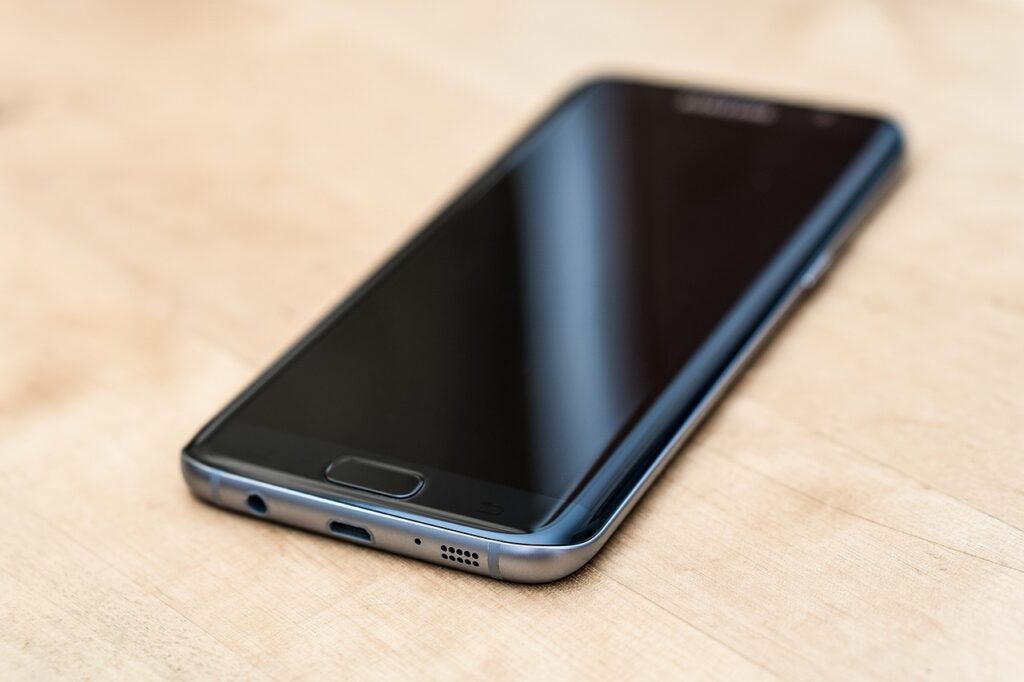
It wasn’t until sometime later that consumers realized how much these screens could help them during their daily lives. Instead of having to turn their heads away from their phones every time they wanted to check something out, these new curved screens made it easier for them by allowing them to keep an eye on their phones while still remaining comfortable.
The curved edges are also great for watching videos because they make it easier for people who have vision issues or are otherwise unable to see clearly.
Edge-to-edge display are the trend in tech
If you knew that the tech industry is always striving for better and better technology, you wouldn’t be surprised that the latest trend in technology is the edge-to-edge display. Tech companies are moving away from the traditional bezeled phone design to edge-to-edge displays. Samsung and Apple was one of the first companies to make this change with the Samsung Galaxy S7 Edge and Apple’s iPhone X since then, many other companies have followed suit. This new design trend gives phones a more immersive and sleek look.
The edge-to-edge display is a type of screen that extends to the edges of the device, giving the illusion of a larger screen. This type of display is becoming increasingly popular in the tech industry as it allows for a more immersive experience.

If you knew that the tech industry is always striving for better and better technology, you wouldn’t be surprised that the latest trend in technology is the edge-to-edge display. In fact, it has become the new standard for smartphones, with the most notable example being the iPhone X. As technology is moving further and further away from the rectangle and the circle, new phones are sporting a screen that takes over the whole face of the phone.
More and more smartphones users prefer edge-to-edge display, and it’s not a bad idea. In fact, it’s a great idea. An edge-to-edge display means better screen-to-body ratio, which means a bigger screen in relation to the overall phone size. So, it’s logical that more tech companies are now focusing on this trend.
The smartphone, a tool that everyone needs and wants to use. The smartphone has become a part of our lives, it helps us to connect, to share and to be informed. As the smartphone technology has developed, a new trend has appeared: the edge-to-edge display.
Creating edge-to-edge display without cutting down on features
The main reason to opt for a bezel-less display is that it offers an edge-to-edge viewing experience without the need of any extra space. The bezel-less display is the next big thing in the smartphone world and some of the biggest players in the market are working really hard to bring the most innovative and powerful smartphones with edge-to-edge display. Apple recently unveiled its iPhone X with a bezel-less display and other smartphone makers are following the same path.
To accommodate the larger display size, the company offers a screen with more display size in comparison to the predecessor, the iPhone 7 Plus. The home button has been removed, and the fingerprint sensor is now placed under the glass on the back. The back button is also gone.
With the introduction of the iPhone X, Apple is taking smartphones into the future. It is the first phone to offer an edge-to-edge display, which means that all the important features are on display somewhere on the screen, and there’s no need for a home button or any other physical buttons. It is a bold move for the tech giant, but can other Android smartphones catch up? Or will this edge-to-edge display be a differentiating factor for the iPhone X, just like the fingerprint sensor was in the iPhone 5S and iPhone 6?
Recently, smartphone makers have been looking for ways to make their products stand out in a crowded field, from the iPhone’s more expansive display to the Samsung’s dual-aperture camera. While both are neat features, we’re still fascinated by the bezel-less phone, which is why we’re looking forward to the OnePlus, which is expected to launch sometime in the second quarter.

If we talk about the smartphone market, things are changing at a very fast pace. Every year we see lots of new smartphones coming in the market with latest features and technology. There are phones with different screen sizes, colors, and OS. While this is the case, smartphone companies are also looking to add more features to their devices without making them bigger. One of the most common ways to achieve this is by removing the physical buttons of the devices. In order to compete with other brands, many smartphone makers are giving more importance to the screen size of the phones. As a result, there is a competition that is going on to add more screen without making the device big.
What edge-to-edge displays have in common
Edge-to-edge displays are making a great impact on the modern smartphone market. They’re a part of flagship devices like the Samsung S8, the LG G6 and the Sony Xperia XZ Premium. So, what’s the big deal about these displays anyway? Let’s find out. Edge-to-edge displays are all about the screen-to-body ratio. It is supposed to be a smartphone’s most important feature, as it helps to define the next generation of devices. The more screen you have and the less bezel you have, the better the experience and the more immersive the smartphone experience becomes. So, what is a screen-to-body ratio, and why do we need it?
For the most part, edge-to-edge displays in the smartphone world are a relatively new phenomenon. They used to be a luxury reserved for the most expensive handsets and a sign of status, but nowadays, most OEMs have adopted this design on their latest flagships. The Galaxy S8 and S8+ made the whole world talk about the edge-to-edge display, with the LG G6’s display also currently being edge-to-edge.
The ultimate goal of any display manufacturer is to create a display with minimal bezel so that it looks like the screen stretches from edge to edge. The bezel-less phones that have already been released, including the Samsung Galaxy S8, the Xiaomi Mi Mix, and the Sharp Aquos R, are all intriguing. But what’s the difference between it and a normal display? The following is a simple explanation.
The term “bezel-less” has been thrown around a lot this year, especially when it comes to smartphones. But according to a report by the Korean Herald, the next big trend in smartphones will be edge-to-edge displays. As phones grow larger, there is more room for more screen, but what do you do with all that leftover space? That is where the edge-to-edge displays come in. The idea behind edge-to-edge displays is to remove the bezels on smartphones in order to make it easier to hold the device. Another reason why edge-to-edge displays are being adopted is because it will make it easier for smartphones to fit into our pockets. This also means that manufacturers will be able to put bigger screens on their devices without making it too big for people to hold.
The edge to edge display combines innovative technology with existing smart design
This is not the first time we see an edge to edge display. We have seen many edge to edge displays in smartphones. When Apple launched the iphone X they introduced edge to edge display. It was the first smartphone to have an edge to edge display. The display is also known as full view display or bezel-less display. So what is an edge to edge display? An edge to edge display is simply a display that covers the entire front of a smartphone or any other device. The screen does not have any bezels at all. It’s all screen. The smartphone is all screen. Earlier we used to have smartphones with bezels. A typical smartphone with bezels usually has a 4.5 inch display with bezels. The phone’s display size is 5.5 inches but the screen size is 4.5 inches. The reason for this is that the bezels are necessary for a smartphone. They are needed to hold the phone, to hold the screen and to connect the screen to the phone.
Apple has recently confirmed that all of their new products will be fitted with an edge-to-edge display. A new report by Display Search shows that the iPhone 8 will be the first smartphone to feature an edge-to-edge display. The iPhone 8 will include a 5.8-inch OLED display that features a resolution of 2,436 x 1,125 pixels. The display will be taller than previous iPhones but will not be as wide. The screen will also be a single piece of glass similar to the iPhone X.
The biggest innovations in the smartphone industry have been about its design
Today’s smartphones are more powerful than the supercomputers of 10 years ago. They have touchscreens, great cameras, and apps galore. But they also have a lot in common with the early models of the “brick” phones of the ’90s. In the last few years, the smartphone has become the way almost everyone interacts with the internet and their social networks, bringing us closer to a world where everyone is connected to everyone else.
Over the course of a decade, smartphones have gone from being a luxury item to a necessity. The smartphone industry has exploded and become an integral part of how people communicate and work. And while technically smartphones have been around for quite a while, it’s only recently that they’ve become more than a luxury item. Some might even say that smartphones are a necessity now. There’s a good reason for this — their design has improved drastically. The biggest innovations in the smartphone industry have been about its design.
Screen sizes increase and so do the number of pixels
The screen is the window through which we see the world. It is the portal that connects us to the internet, your blog or your website. The screen has been around for a while and has evolved over time into several different types of screens. The one thing that hasn’t changed is that they all have the same amount of pixels – or dots that make up the image on the screen.
The pixel (short for picture element) is a single point of data that makes up an image. The number of pixels on an image is determined by the number of dots or pixels per inch (ppi). For example, a 48 ppi image would have 48 dots in every inch of the image.
There are several ways to measure ppi: pixels per inch, dots per inch and dpi (dots per inch). Sometimes, ppi is also referred to as PPI (pixels per inch). We’re not going to get technical here, we’re just going to go with ppi. As the screen size increases, the number of pixels also increases.

Edge-to-edge displays are now standard for any gadget
The smartphone market has reached a point when it is difficult to find a phone with a display that is not edge-to-edge. It is almost a requirement for a device to have an edge-to-edge display for it to be competitive. There are many advantages to the edge-to-edge display. It has a lot to do with the minimalistic design, which has been trending in the smartphone and gadget industry.
Do you remember the first time you saw a smartphone with a full edge-to-edge display? The first time I saw it, I thought to myself: No way! I thought it was impossible to fit a screen that big into a device that thin. I was so wrong. Today, smartphones like the iPhone 14 Max have a massive 6.7-inch screen, The trend of edge-to-edge screens will only continue for the next few years as more and more companies develop new ways of packing more screen into less space.
Conclusion
Smartphones with edge-to-edge displays are becoming popular, so we would like to share our opinion on this kind of screen. Edge-to-edge displays are the hottest feature among the first generation of bezel less phones. We hope that you enjoyed our article about the edge-to-edge displays. It’s a great benefit to have so much screen real estate on a device, especially when it comes to larger phones. If you’re interested in learning more about the benefits of mobile apps for your business, check out this informative article: Benefits of Mobile Apps for Your Business.
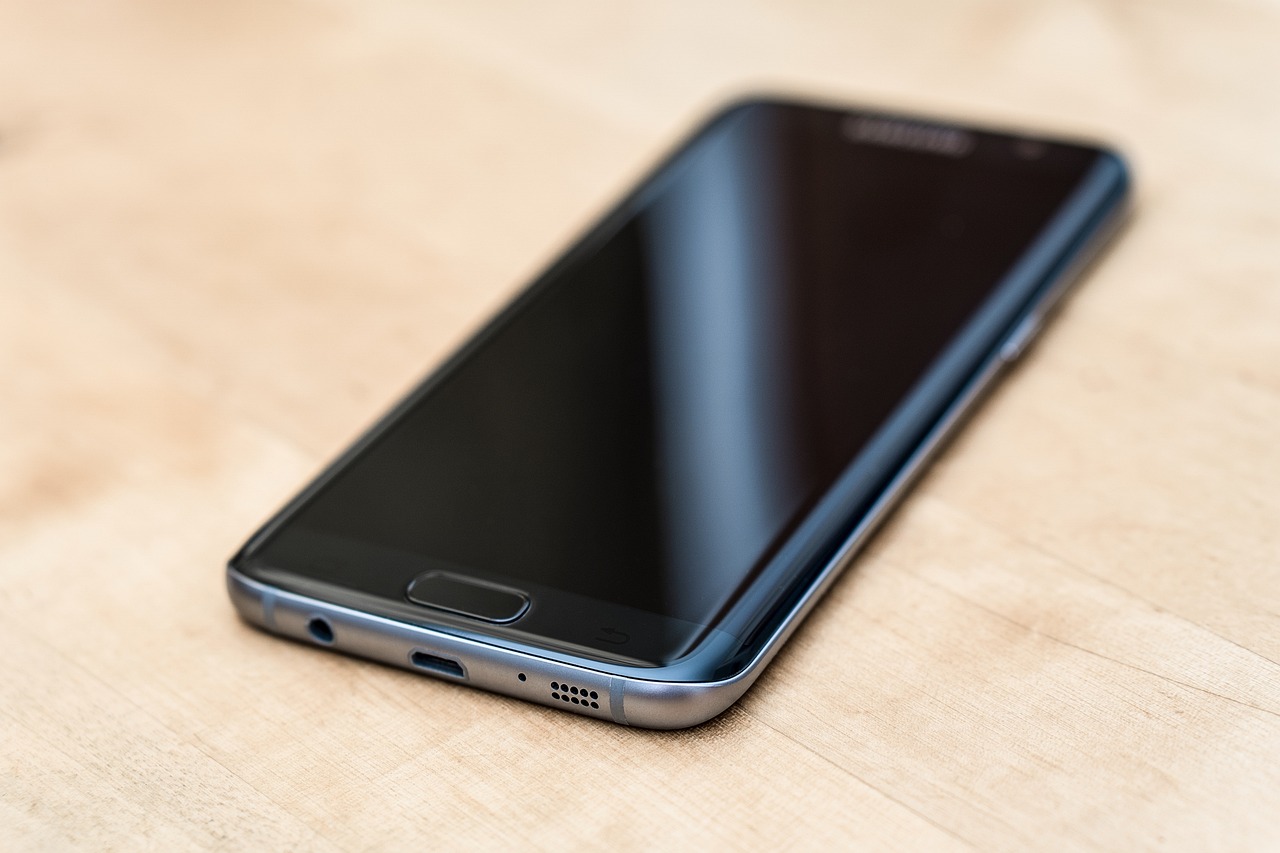
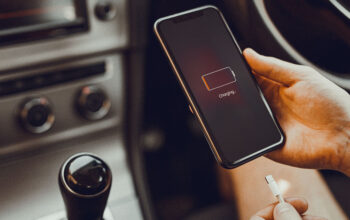
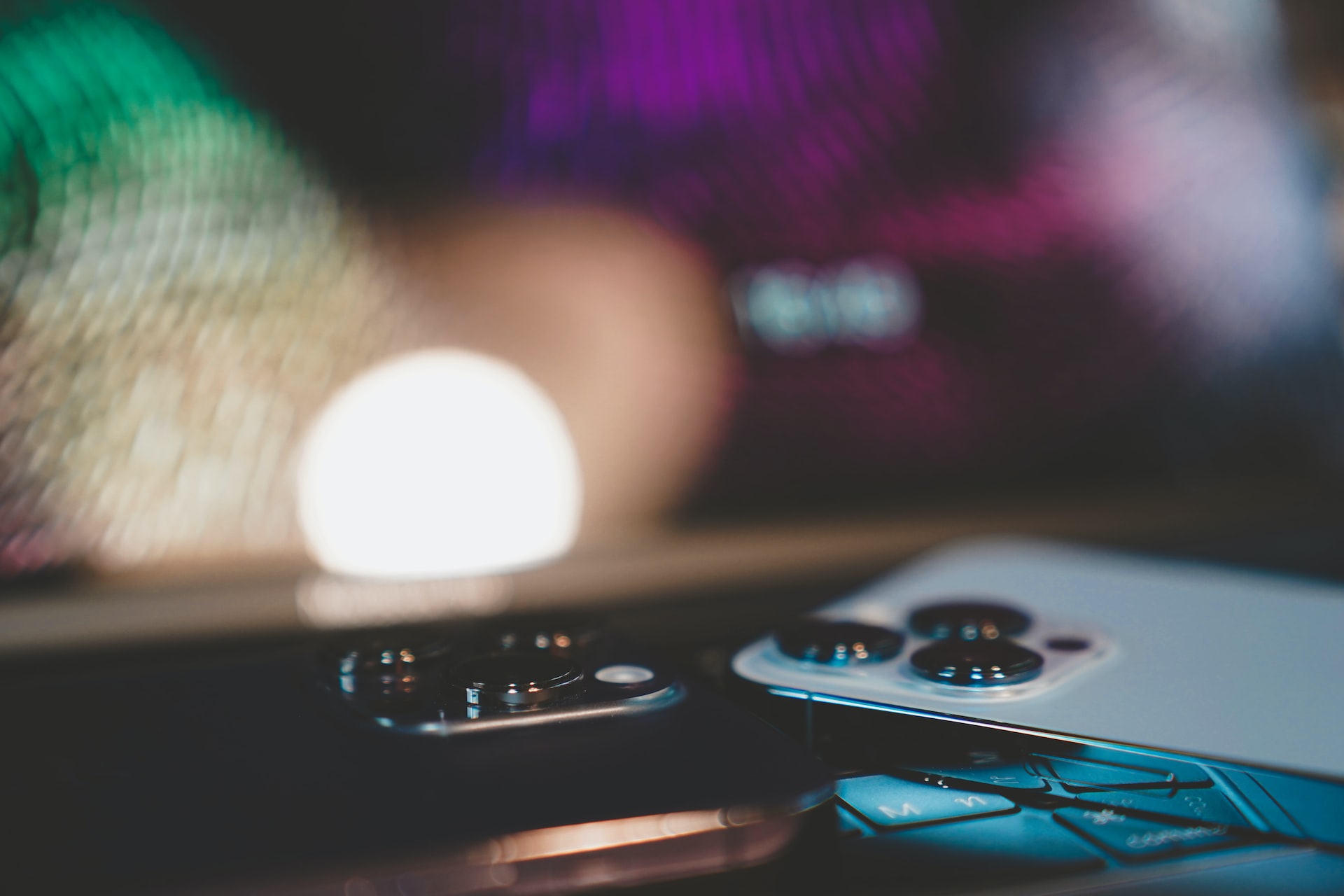
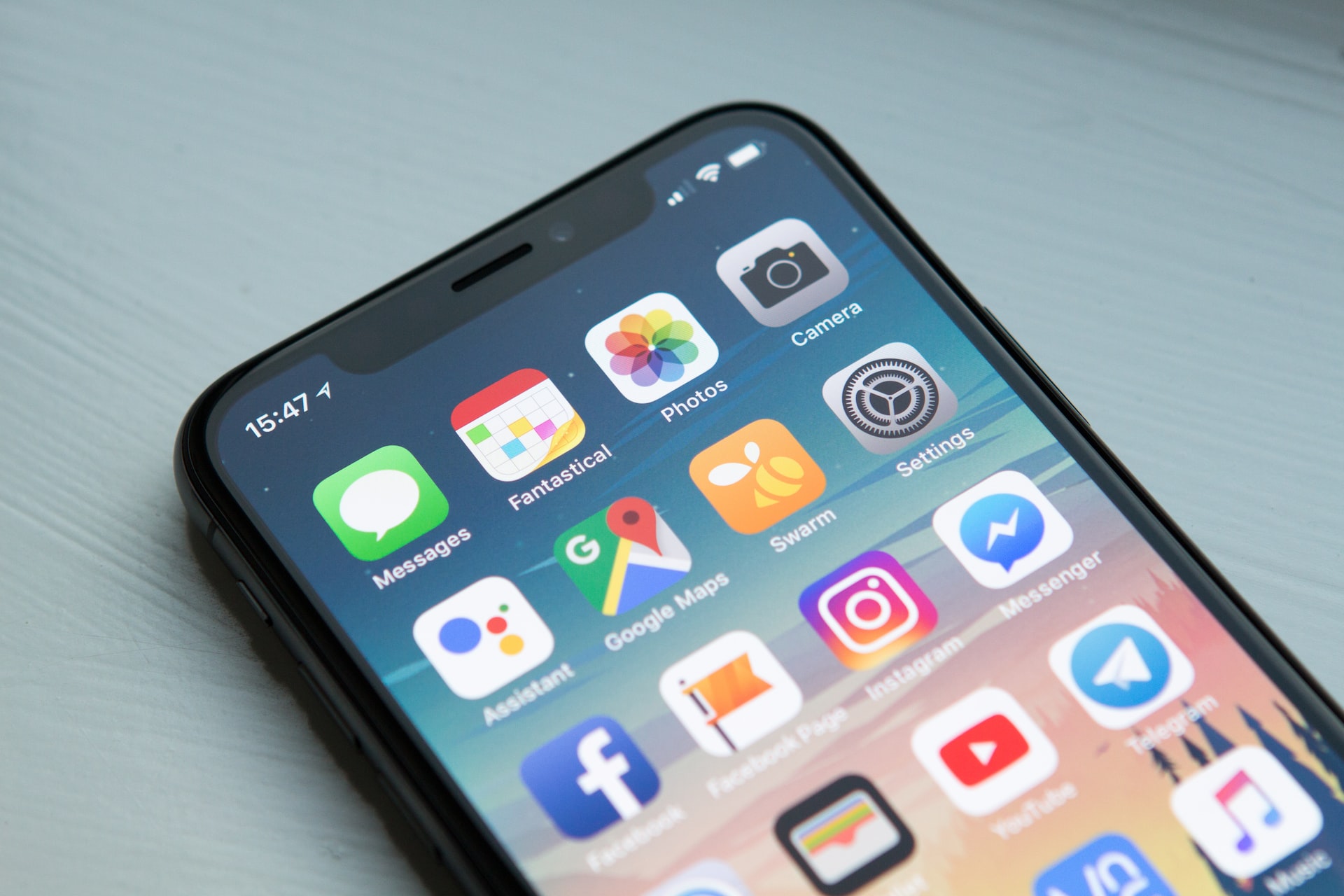
2 thoughts on “True Edge-to-edge displays of the first generation”